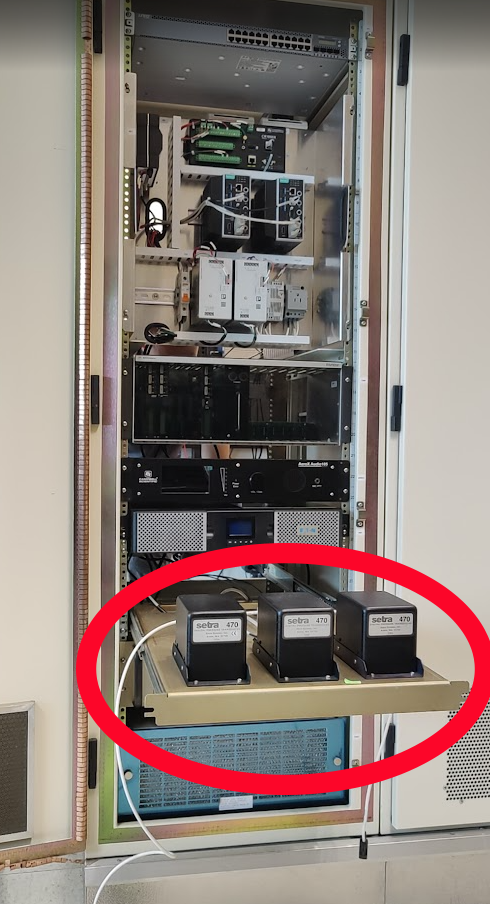Atmospheric pressure is the most crucial surface weather element for aircraft operations as it provides the means of establishing an aircraft's height above the ground. It is the only element that cannot be directly observed or qualitatively sensed by the observer or pilot.
All the currently computed pressure elements will continue to be reported by the ASOS with the same or higher level of precision as the human report. The pressure parameters available from ASOS are:
Because accurate pressure is critical, three separate and independent pressure sensors are used to reference and verify each other at towered airport locations. At other locations, two pressure sensors are used. The ASOS algorithm compares the pressure sensors' readings and issues a pressure report only when there is acceptable agreement between at least two sensors.

The ASOS pressure measurement instrument consists of redundant digital pressure transducers, which use capacitive sensors. One side of these sensors is permanently evacuated to a vacuum to make it a barometric pressure sensor. Advanced microcomputer electronics and sophisticated firmware ensure reliable performance. The barometers are located on a tray at the bottom of the ACU and are exposed to the ambient air pressure. In cases where the ACU is installed in pressurized buildings, this exposure is through a port connected to an outside static pressure vent. The specified operational characteristics for these sensors are: Range: 16.9 - 31.5 inches of mercury.
Accuracy: ± 0.02 inches of mercury Resolution: 0.003 inches of mercury (measurement); 0.005 inches of mercury (reporting).
The pressure sensors are the most reliable and accurate sensors in ASOS. The only limitation (if one can call it that) is that pressure remarks will be reported more often in automatic ASOS METAR messages than in manual METAR messages simply because of the continuous weather watch which ASOS provides.
| Back to Sensor Suite Design |